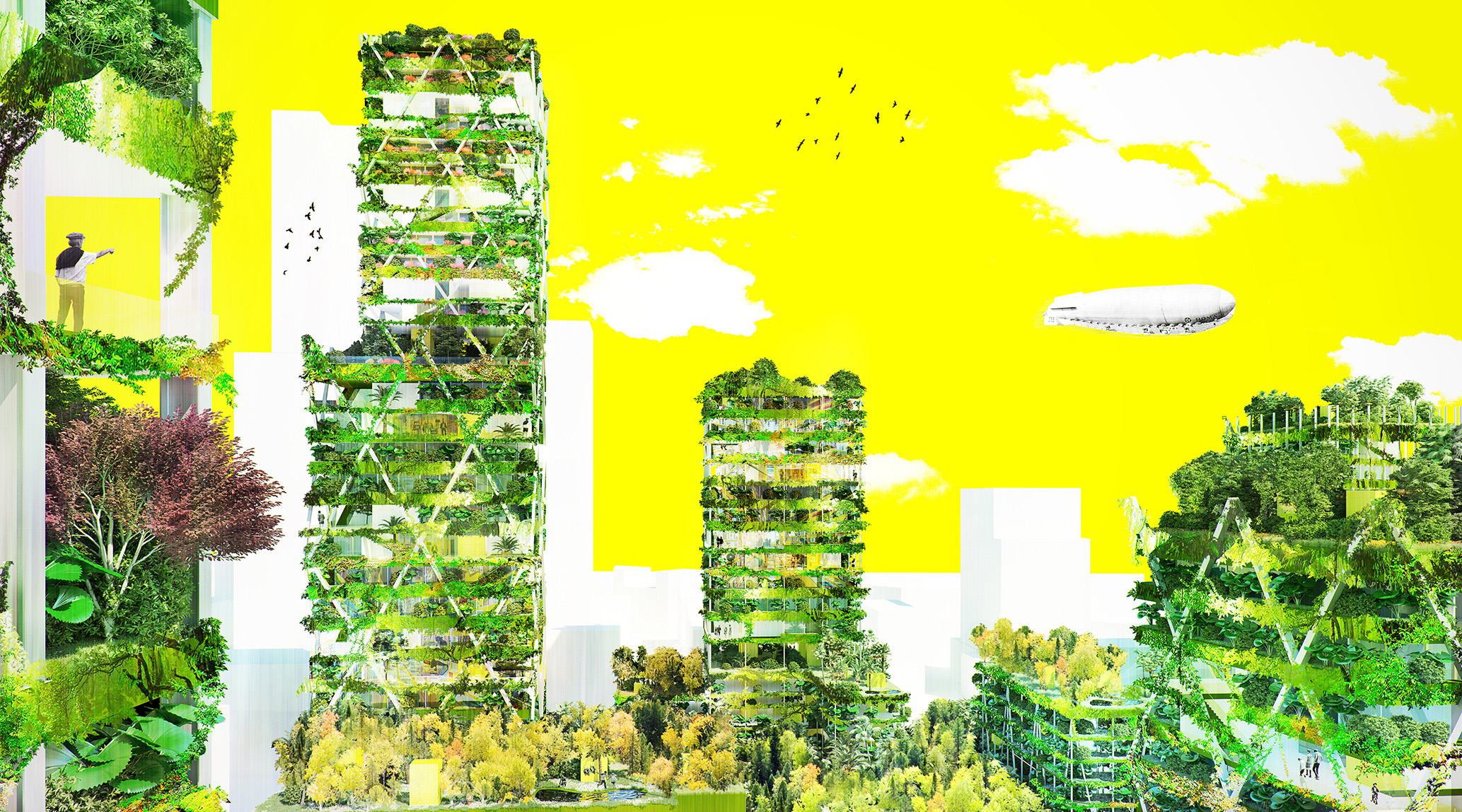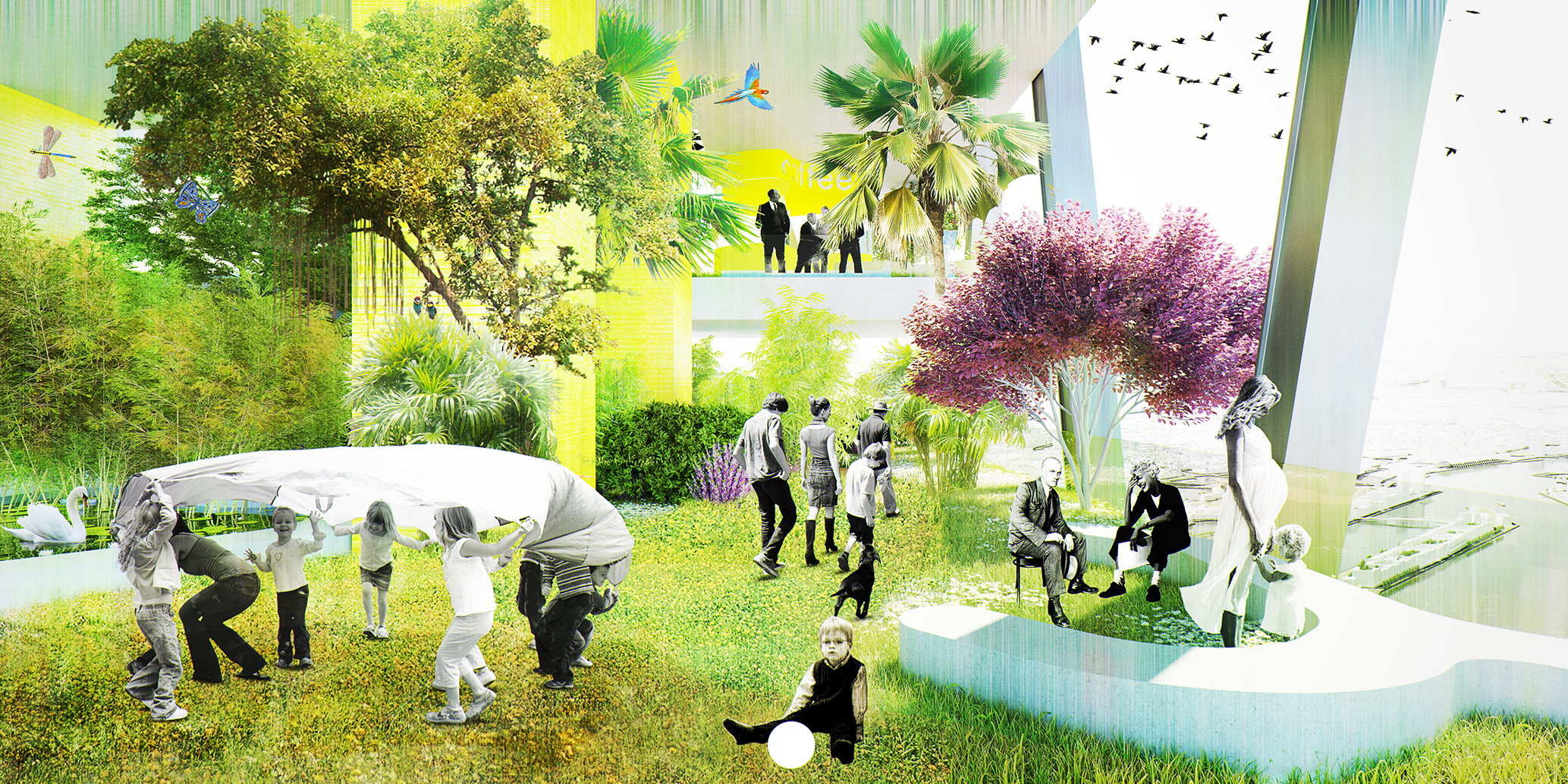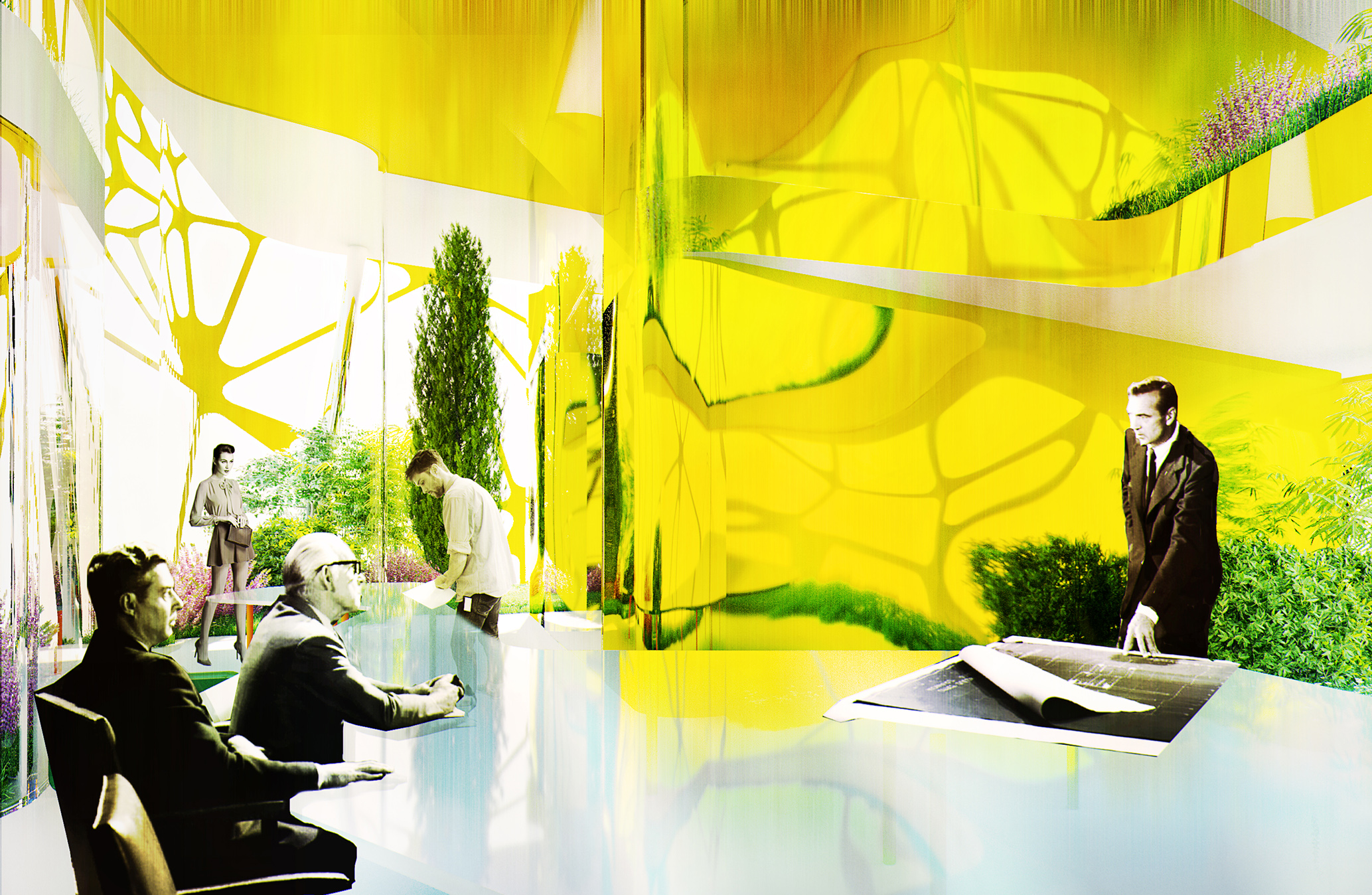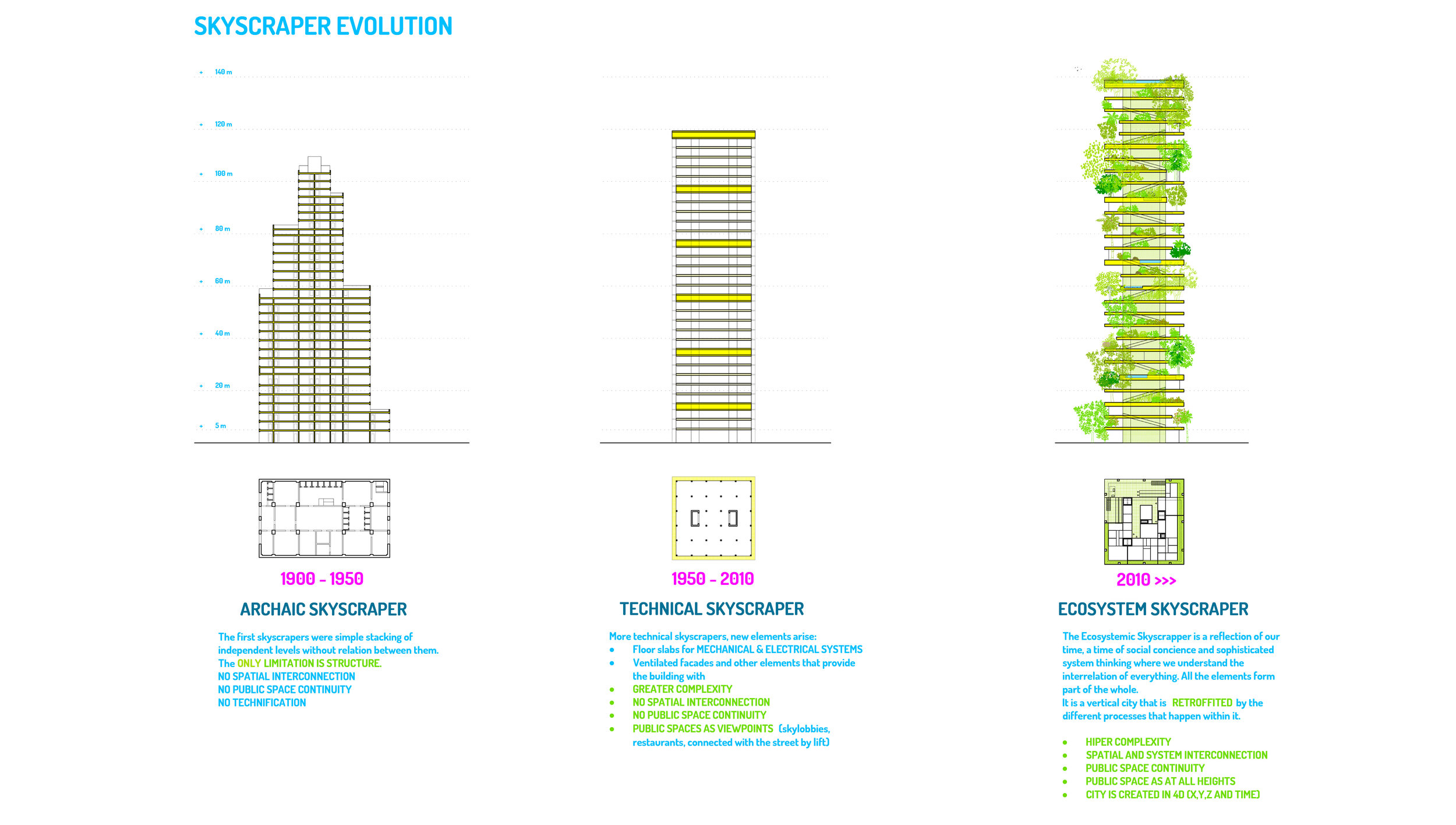welcome to the jungle
We need cities to be SYSTEMS THAT ARE CAPABLE OF REPRODUCING AND MAINTAINING BY THEMSELVES. That's what we're going to do. A piece of city that carries out the processes necessary to maintain the ecosystem by itself and, if possible, the surrounding neighborhoods. If we do so, it will also be a beautiful place to live in.
Each time we turn on the light, we charge the telephone or we turn on the television the electrons flow through the wires that run the walls of our house. Those electrons are there because we have transformed some energy into electricity. Every time we brush our teeth, wash our hands, we clean a glass after drinking, sanitary drinking water flows through the pipes of our neighborhood and a reservoir empties a little bit. Each and every one of our actions at home involves PROCESSES AND TRANSFORMATIONS.
The present competition is an opportunity to address the complexity of the CREATION OF A NEW CITY at a time when information and knowledge about the processes of urban activity transcend positivist linear thinking and assume the systemic complexity of the network of actions and reactions. The processes that define our way of inhabiting the world.
This desire for a universal solution is part of the global search for resolving the ecological imbalance posed by postindustrial urban settlements. To be able to approach this task it is fundamental that we rely on the knowledge provided by SYSTEMS ECOLOGY as it is done from the first cases of analysis and study of human habitation on Earth
Therefore we must understand that any city area, especially when it has the density of this piece of Amsterdam, is a subsystem within the urban system of the city (Amsterdam in this case). This subsystem is defined by a semipermeable border that allows the reception of external resources (water, energy, electricity, food and manufactured products ...) within which a set of actions and reactions are produced, after which waste or discarded resources are generated or left over.
In the case of RETROFIT SYSTEMS, the waste or surplus of the internal processes return to the system to nourish other processes. In this way the resources discarded are reduced. In the case of a neighborhood, it is important to know what resources are demanded and what resources are used for
Therefore we must understand that any city area, especially when it has the density of this piece of Amsterdam, is a subsystem within the urban system of the city (Amsterdam in this case). This subsystem is defined by a semipermeable border that allows the reception of external resources (water, energy, electricity, food and manufactured products ...) within which a set of actions and reactions are produced.
Therefore we must understand that any city area, especially when it has the density of this piece of Amsterdam, is a subsystem within the urban system of the city (Amsterdam in this case). This subsystem is defined by a semipermeable border that allows the reception of external resources (water, energy, electricity, food and manufactured products ...) within which a set of actions and reactions are produced.Therefore we must understand that any city area, especially when it has the density of this piece of Amsterdam, is a subsystem within the urban.
PLANS & DIAGRAMS:
IMAGES:



WELCOME TO THE JUNGLE CREDITS:
Typology: Housing
Authors: Isabel Collado + Ignacio Peydro (DOSIS)
Team: Luis Francisco Núñez, Irene Gigirey.










